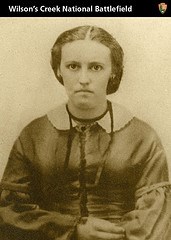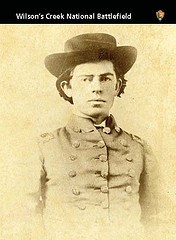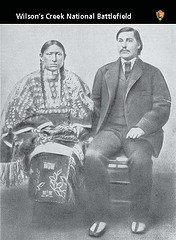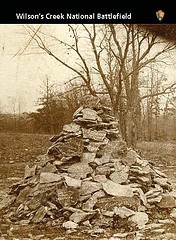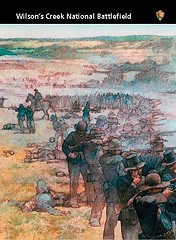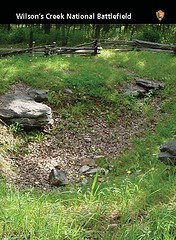|
Kids! Collect stories about the Civil War and civil rights! The National Park Service is offering more than 500 trading cards to mark the 150th anniversary of the Civil War. Ask a ranger or stop by the visitor center to pick up a set of cards. 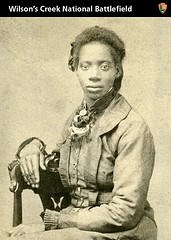
Rhoda Jones
|
Last updated: July 18, 2021

